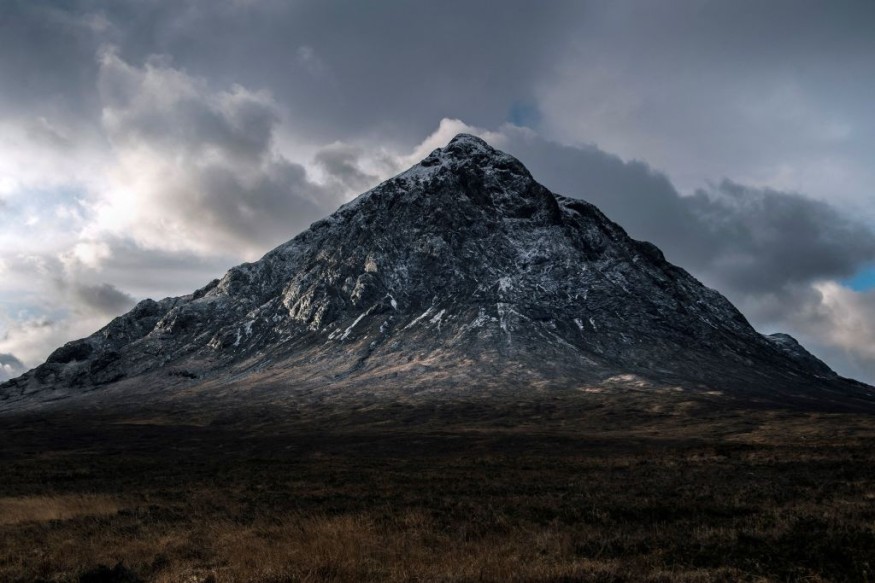
In a scientific analysis, several of Earth's highlands may not have shaped if there had not been a detonation in marine wildlife over 2 billion years ago.
All 20 land masses analyzed eventually included black sandstone, that was densely packed with graphite and looked to have a natural basis.
The Rise of Earth's Mountains
The alterations appear to have started some 2 billion years ago, in the middle of the Paleoproterozoic Era, when biological carbon from plankton and bacteria began to add unusually high amounts of graphite to the ocean floor's shale.
A study of 20 mountains around the globe, such as the Rockies, Andes, Svalbard, central Europe, Indonesia, even Japan, has again connected the period of significant carbon deposition in the sea with the formation of our earth's natural summits.
If the study is correct, it implies that miniscule single-celled animals drifting in the water may have been a major part in the formation of several of our earth's natural greatest geological features.
"Because the carbon levels of the material were abnormally higher in the Paleoproterozoic, the flow of carbon into subduction was larger, and hence distortion could occur quickly than it had previously been feasible," the scientists say.
The increase in aquatic life 2 billion years ago is mostly caused by the Great Oxidation Episode, in which photosynthesis microorganisms proceeded to create massive quantities of oxidation designed to assist specific kinds of single-celled life, such as an array of marine plankton.
"The increased carbon permitted for simpler bending of the crust, resulting in the creation of geological units and, as a result, plate boundaries typical of current tectonics," the authors note.
As microscopic animals in the ocean waters shoals, such as phytoplankton, dies and drop to the seabed, compost is added to the Earth's crust, rendering it weakened and malleable.
The exact timing suggests that biological material in graphite is still shaping our earth's natural structure.
"Basically, the study has revealed that existence was essential to the construction of highlands, proving that the Planet and its ecosystem are tightly connected in manner that were previously unheard," says geochemist John Parnell of the University of Aberdeen in Scotland.
Also read : Experts Finally Solve the Mystery of Vanishing Ancient Civilization in China 4000 Years Ago
Sea Tiny Organism on Mountain Ranges
Countless investigations have demonstrated that continental plates must be softened by carbon in order to form peaks, but how this happens is less apparent.
In summary, it appears that an extraordinary boom in ocean animals' millennia earlier laid the groundwork for most of the high mountains we witness nowadays.
Carbon quality is usually greater than 10% in land masses formed from Paleoproterozoic material. Mountain ranges began to create weakening crustal segments within 100 million years.
For example, tectonic pushing in the Himalayas 50 million years back was centered on Paleoproterozoic deposits by the most organic-rich beds.
"We can see the proof in locations like Harris, Tiree, and Gairloch, where the foundations of the old peaks and the greasy graphite that contributed construct, them can still be discovered," adds Parnell.
However, the development of peaks does not even need the presence of so much organic carbon. The largest natural things may emerge from the smallest parts of the earth.
According to the latest findings, ocean life plays an essential part in the cycle. The report's findings came from existing research on mountain ranges and submerged oceanic biomass.
© 2025 NatureWorldNews.com All rights reserved. Do not reproduce without permission.




